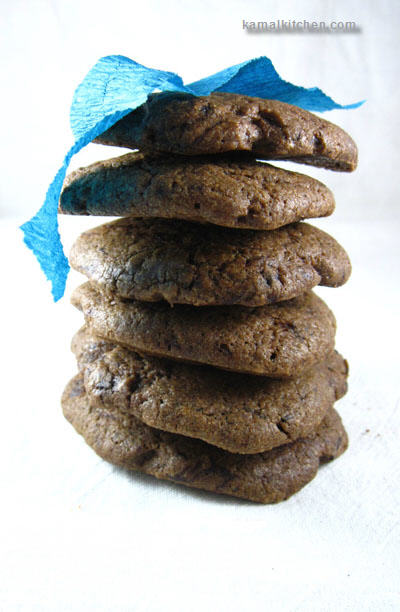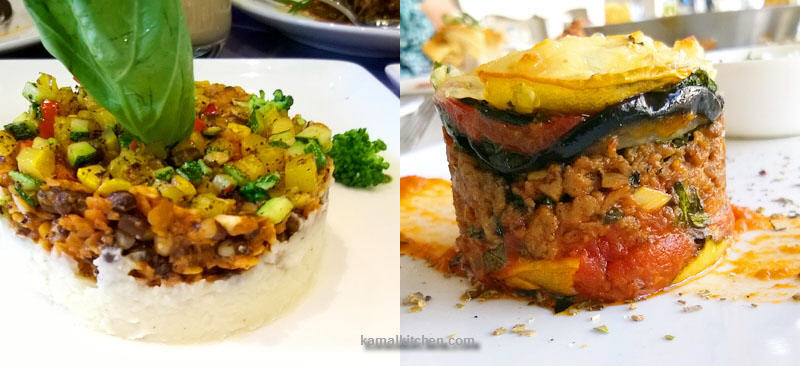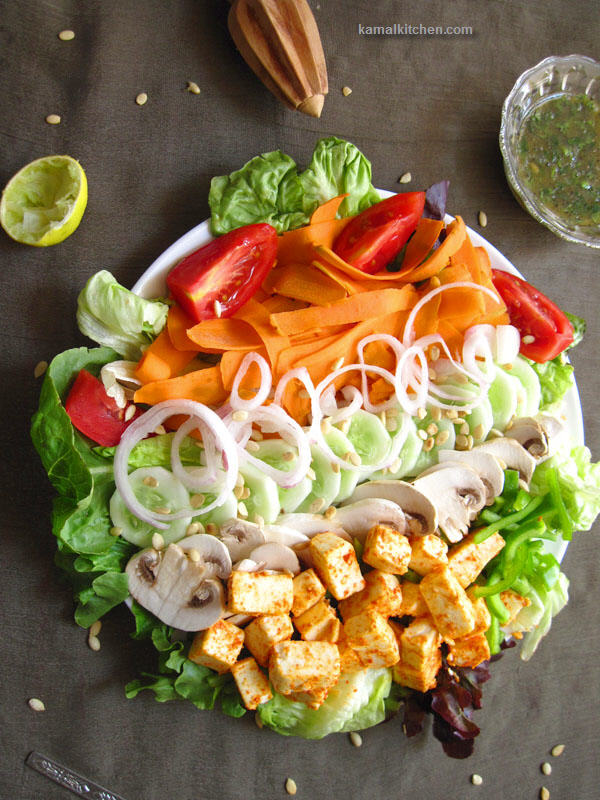We eat with our eyes first, says Giada De Laurentis. And I agree.
Food presentation goes a long way in determining its popularity. A pretty looking plate of food whets your appetite and gets your digestive juices flowing. A shabbily plated dish, however tasty can just turn off our appetite.
I am a food blogger because I love food. I like to experiment in the kitchen, and I want to share my passion with the world. But it took me a while to realize that it is difficult to convey it unless my food looks not just presentable, but pretty.
Photography and styling are important, but they begin after the food is plated.
So arranging food on a plate such that it looks inviting is a challenge every cook or chef must meet if they want their food to be popular.
Some aspects of plating food are basic, and you can say they are just common sense. For example, your plate color should contrast with the food, but not garishly so. The food should not overflow from the plate, nor should it be so tiny that it gets lost on a large plate. Different aspects of the dish should be visible. There should be only one dominant color. Garnishes should be edible and minimal. You get the idea! But what are some of the techniques that will elevate your plate of food from home cooked to gourmet?
Today, I am going to share some simple plating techniques that you can easily do at home. The type of food you are serving and the actual recipe will decide which technique to be used.
Food Presentation Technique 1: Quenelle

I refer to the way food can be spooned in an artsy manner. This technique is very popular for plating mashed potatoes, ice cream, sorbet, cream etc. All you need is two spoons of the same size and the flick of a wrist. This is a dessert where the cream is quenelled on to the plate.
Food Presentation Technique 2: Spoon Push
I don’t know if there is any technical name for this. The ‘dreaded spoon push’ came on the scene about 10 years ago, and food show judges, be it Top Chef or Chopped, called it the ‘spoon push’. This is a pretty simple technique for plating things like sauces, hummus or chutneys. All you do is spoon a dollop on the plate and then just push it outward in a line with the back of your spoon.

Of course, it is not simple as it sounds. Many things need to be considered like the consistency of the sauce or dip, the force to be used, the spoon to be used, and it should work well with the rest of your plate.
A more evolved, classier version of this is of course the brush. Brushing is good for sticky sauces and desserts. I have used it here for the humble daal.
Food Presentation Technique 3: Stacking food
Stacking food or arranging it in a tower is popular for desserts like brownies or cookies. This looks better than just scattering some cookies on a plate, and gives some definition.

I have used this often for cake, and these sinful mocha chocolate chip cookies.
Food Presentation Technique 4: Moulding Food or Shaping it
Moulding food in attractive shapes is easy for a piece of meat. So you can trim a steak in an oval shape for example. But it is not that easy for vegetarian food, or layered dishes. A ring mould will come in handy at such a time. The mould keeps all the food contained in a fixed area, allowing you to construct a ‘tower’ or arrange food the way you like it.

This simple potato mash is topped with a lentil and veggie mince. The moussaka here looks so much elegant when plated like this.
Food Presentation Technique 5: Deconstruction
Deconstruction is another plating technique used by the pros. I am a bit hazy about this one, because interpretations vary. So an open faced sandwich or burger can also be called a deconstructed burger. And a mash up of lasagna ingredients cooked in a single pot can also be called deconstructed lasagna.

With the context of plating, I think that deconstructing means laying out different elements in plain sight. So fajitas, or a taco bar is also a good example, and so is a dessert with different elements.
In this picture, I have deconstructed my big salad so that every element is immediately visible. Usually, I might just toss these together in a bowl where most of the elements will be hidden.
I hope you enjoyed learning about these simple food presentation styles and plating methods. You can easily try these out at home with anything you cook. Any technique can be applied to any kind of food. All that is needed is an eye for design, and some practice.
Try your hand at some of these, the next time you are throwing a party of trying to impress someone!
Leave a Reply